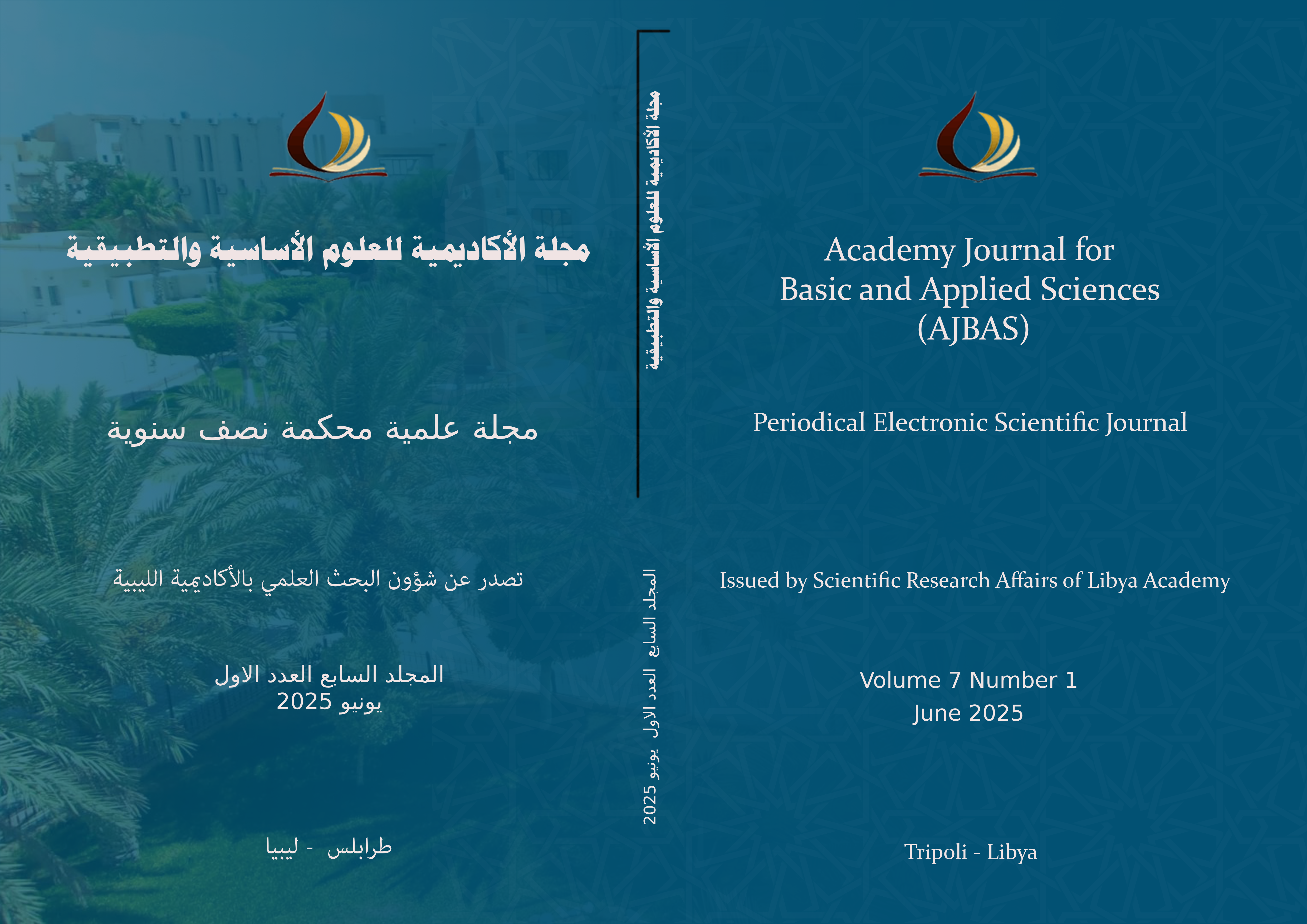The impact of Scattering Correction Techniques on The performance of Gamma Camera
Main Article Content
Abstract
In nuclear medicine, scattering correction plays a crucial role in improving the accuracy and reliability of diagnostic imaging techniques such as nuclear medicines such as single -photon emission computed tomography (SPECT) .
The main aim of measuring scattering correction in gamma camera is to improve the accuracy and reliability of diagnostic images.
Correction was made for attenuation by transmission measurements. Three different scatter correction methods were used; the Triple Energy Window method (TEW), the Double Energy Window method (DEW) and the Lower Energy Window method (LEW).
The scatter correction gave an underestimation ranging between 20% and 0.5 % (for 99mTc and all organs) depending on the correction methods used. For 123I, these values ranged between an overestimation of 14% and 1.2 %. For higher background activities, the deviation from the true activity values became higher, but reasonably accurate. The most consequent results when considering all organs and organ-to-background activities was found when applying the LEW scatter correction method combined with the Bujis background correction method.
123I is the most accurate results of attenuation and scatter correction was obtained for large organs when applying the TEW method.

